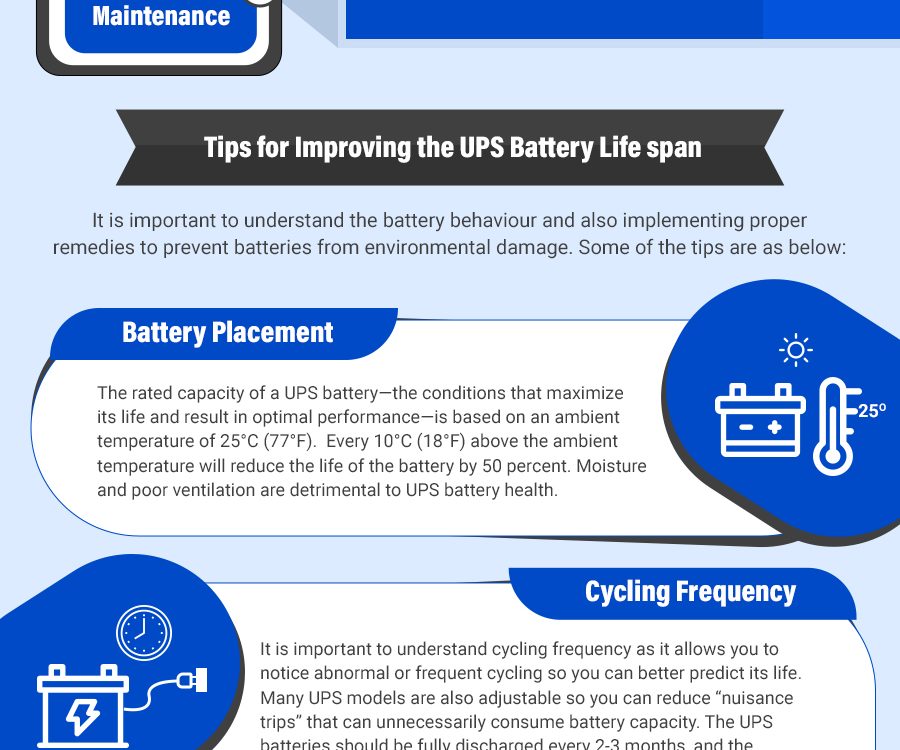Why M2M Connectivity Is Required in Manufacturing Industry?

The latest designs and models in gold
March 14, 2019Iѕ thе Apple Watch Series waterproof?
March 14, 2019Such are the dynamics of businesses these days that a small malfunction can have huge financial repercussions. A recent event, in which, a pharmaceutical company lost product worth nearly 20 million dollars due to a malfunctioning humidity pump brings to light the unforeseen challenges faced by businesses. Considering that the pump was valued at a mere 3500 dollars makes the situation all the more painful.
Although this event does look surprising, it is not an aberration. On the contrary, it is pretty much the norm and such incidents do take place and far too often. However, not all such events are brought to light or captured by media as businesses prefer to suffer in silence instead of admitting their mistake. To prevent such issues from resurfacing again, companies pump in millions of dollars in testing their equipment. Although timely testing of products does reduce such malfunctions, it is not completely foolproof. While on the other hand, there is a much better and economically viable solution that comes in the form of M2M connectivity, or more precisely IoT (Internet of Things).
M2M connectivity: For Nipping the Problem in the Bud
As clearly seen from the example above, a minor issue that is not caught in its infancy can have huge bearings on the overall operations of a company. Just imagine a parallel situation, in which, the same pump is connected with an IoT sensor and sending data frequently to a cloud-platform where it is monitored by a manager. This manager has access to all the historical data generated by the pump up till now. When he receives the new data and compares it with the historical data, he immediately learns about damage to a component inside the pump. He swaps the pump with a new one and the problem never happens. How is that for nipping the problem in the bud? All thanks to IoT sensors and M2M (Machine to Machine) connectivity.
Advantages of M2M Connectivity
There are many advantages of M2M connectivity that make it highly suitable for use in the manufacturing industry:
- Real-time updates – Most companies in the manufacturing industry employ monitoring equipment, however, these systems do not provide feedback in real-time. On the other hand, IoT sensors embedded in manufacturing devices provide real-time updates, which are vital for proactively identifying faults in machines. By discovering a fault early, it is possible to eradicate the problem before it malfunctions or causes an accident.
- Ideal for tracking inventory – When an order is received, the items are scanned in the inventory, identified and marked for delivery. IoT sensors can facilitate this process and offer real value addition in inventory tracking process. For example, in pharmaceutical industry where counterfeiting of drugs is a real problem, IoT technology can help identify the source of the medicine and ensure quality of the product before delivery.
- Supply chain management – With profits receding due to excessive competition, it becomes essential for an entrepreneur to produce according to the demand. An IoT network developed with the help of an adept IoT connectivity provider can be used for keeping track of the requirements. With accurate insights about manufacturing demands, it is possible to manage the supply chain optimally for best financial results.


